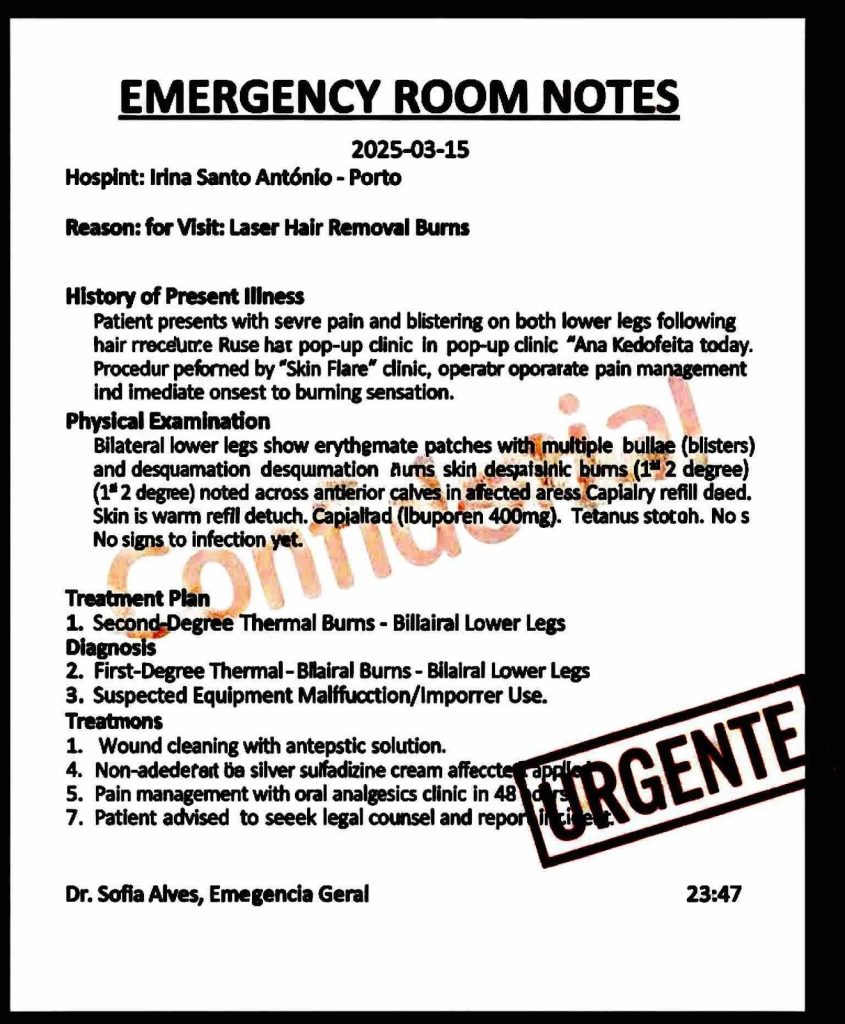#HEALTH: Tips To Help You Start Exercising Consistently! | iHeartRadio
Even though we know that regular exercise comes with benefits like feeling better and a self-esteem boost, working out is still not a habit for a lot of us.
That may be due to something called fitness resistance, or the reluctance to embrace a sustainable workout routine. Fear is a common reason for fitness resistance, usually fear of failure, judgement or pain, or even all of them. These tips can help you get past the fear and create a sustainable exercise program you’ll actually stick with.
A fear of fitness failure – This may come from past workout experiences that didn’t go the way you hoped or because you’re not sure how your age, body size or body ability fits into fitness. T
To combat the fear of failure, try to:
● Find a type of movement you really enjoy – Whatever it is, from weight lifting to yoga, if it doesn’t feel like a chore, you’ll actually want to do it.
● Start slowly and progress gradually – Ease into the class and don’t be down on yourself if you can’t keep up at first.
A fear of judgement – If the space where you exercise makes you feel intimidated or uncomfortable, try to:
● Build confidence at home first – Get used to the moves and process at home where you don’t feel like all eyes are on you.
● Find a supportive environment – Finding a welcoming space, instructor and class participants can help cut down on the fear of being judged.
● Feel the fear and do it anyway – Remember, you deserve to be there and the more you do it, the easier it will become.
A fear of injury – To move past the fear of getting hurt while working out, try to:
● Check in with yourself and how your body is feeling with each movement.
● Don’t skip the warm-up – Include a range of mobility work, like foam rolling, stretching or massage therapy.
● Learn the difference between soreness and pain – It’s normal to get sore when you haven’t exercised in a while and feeling stiff or muscle fatigue is nothing to be alarmed about. On the flip side, when you feel sharp pain, intense burning or throbbing, it’s time to stop and reassess and possibly check in with a trainer, physical therapist or doctor.








